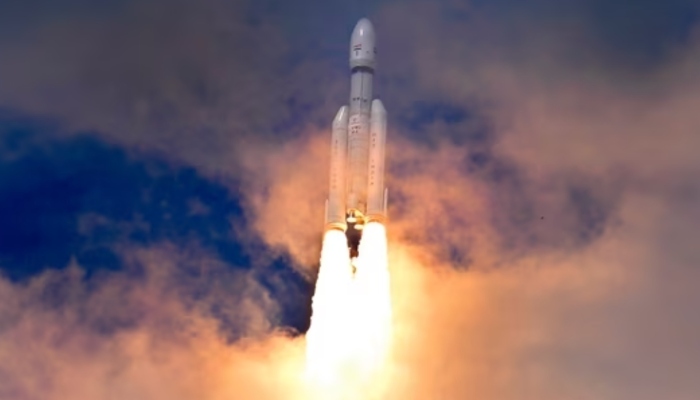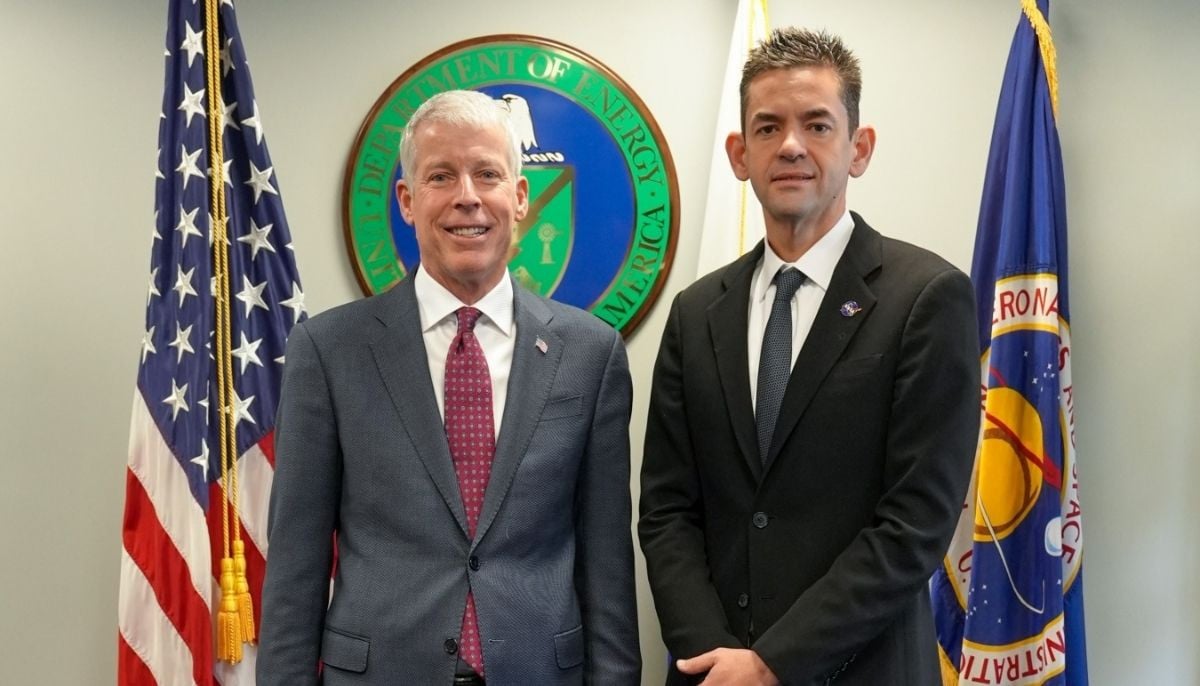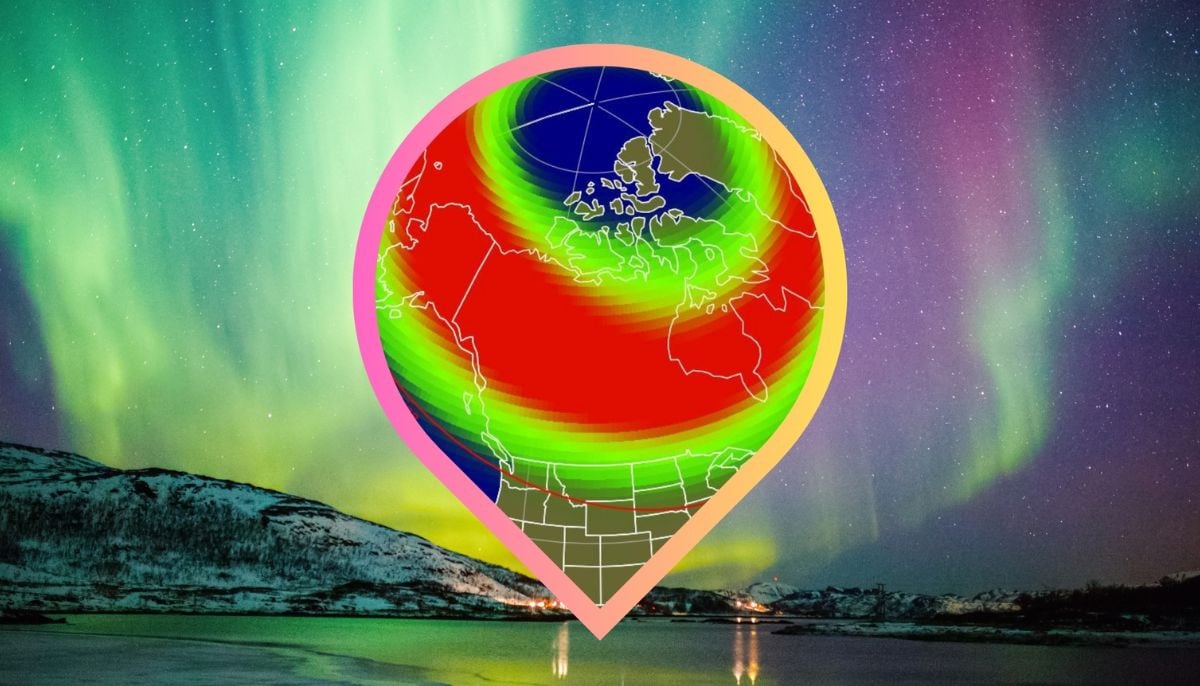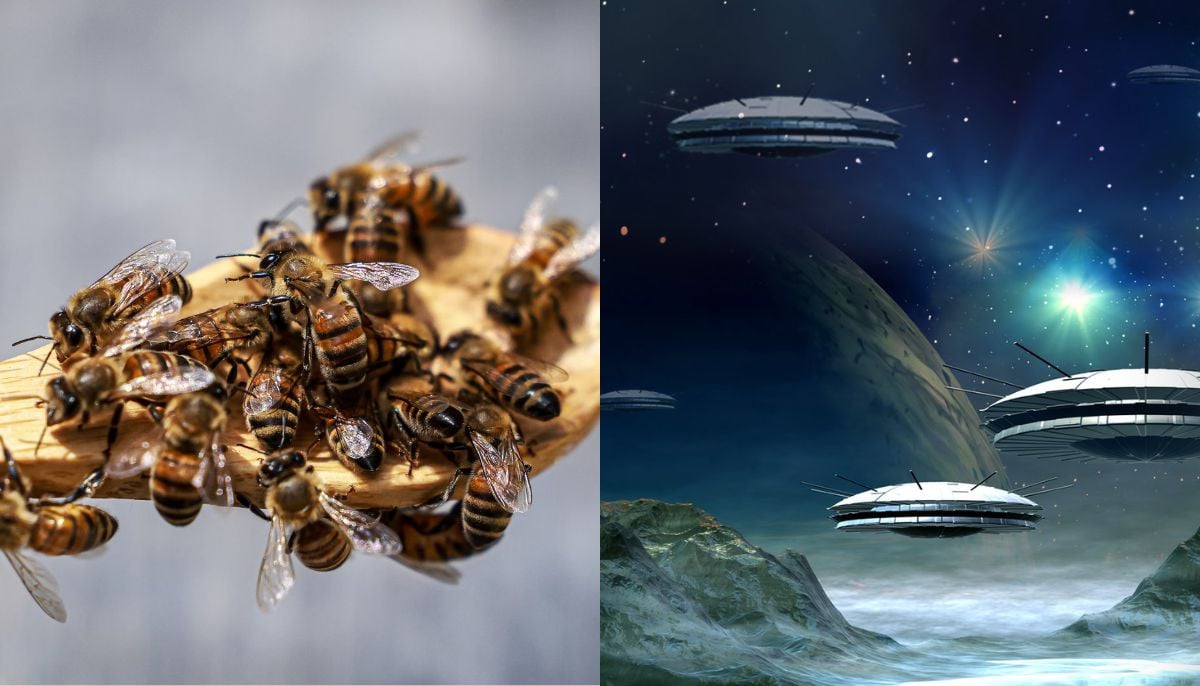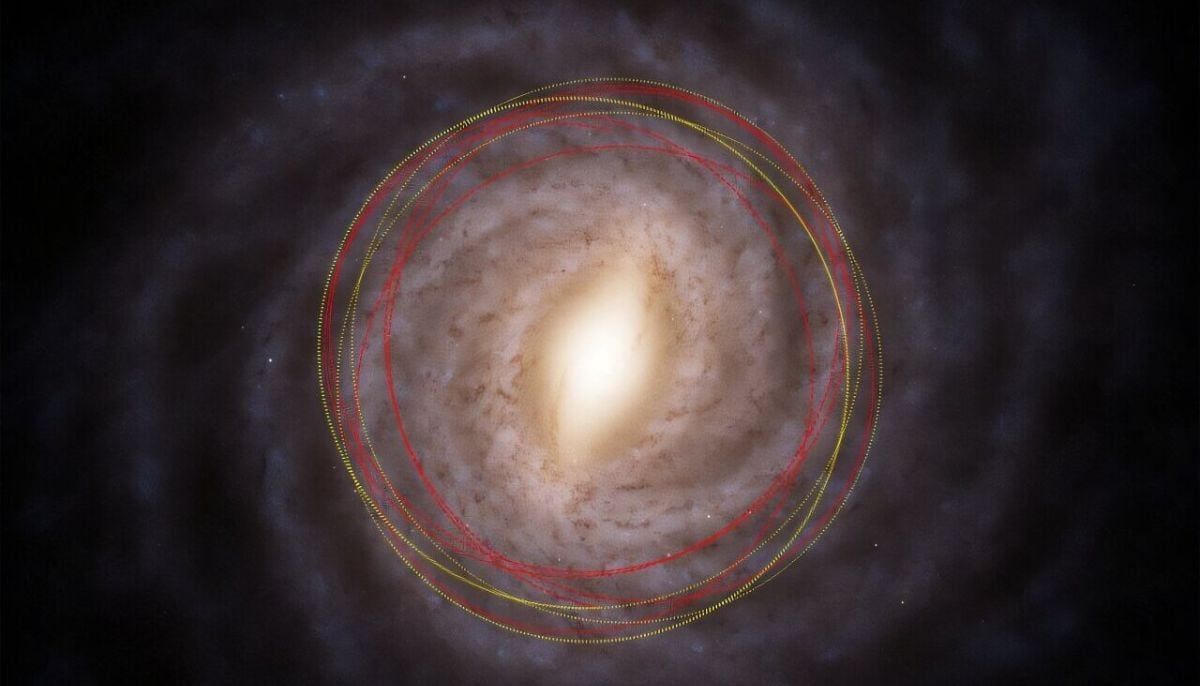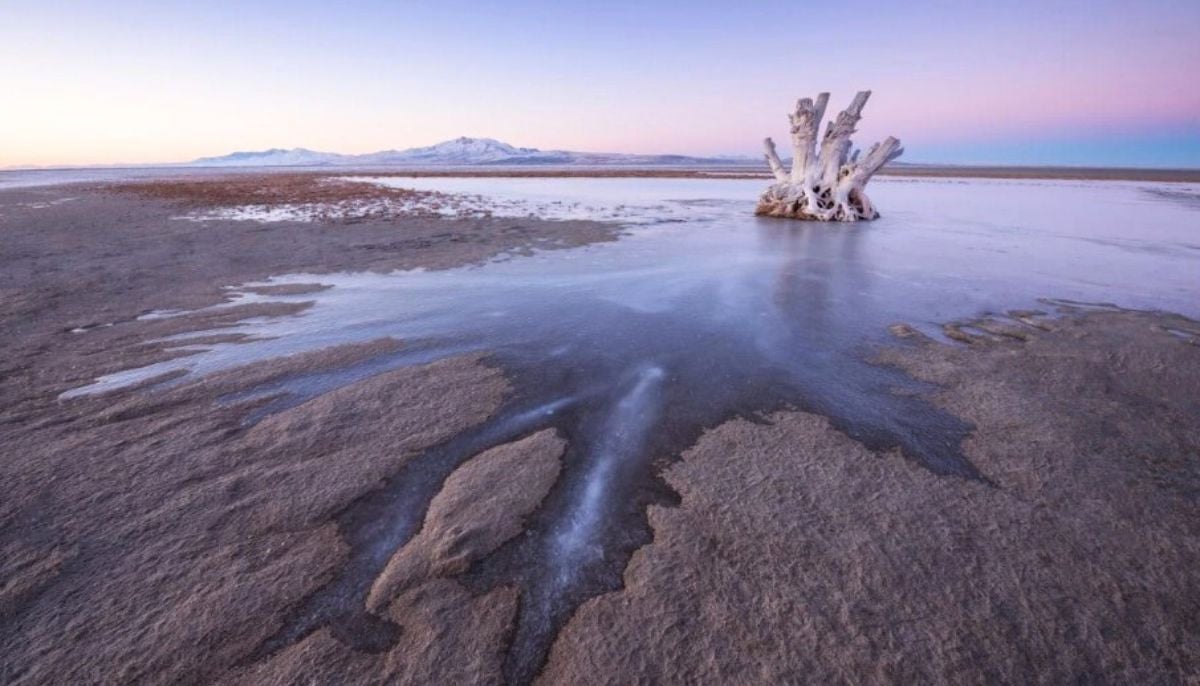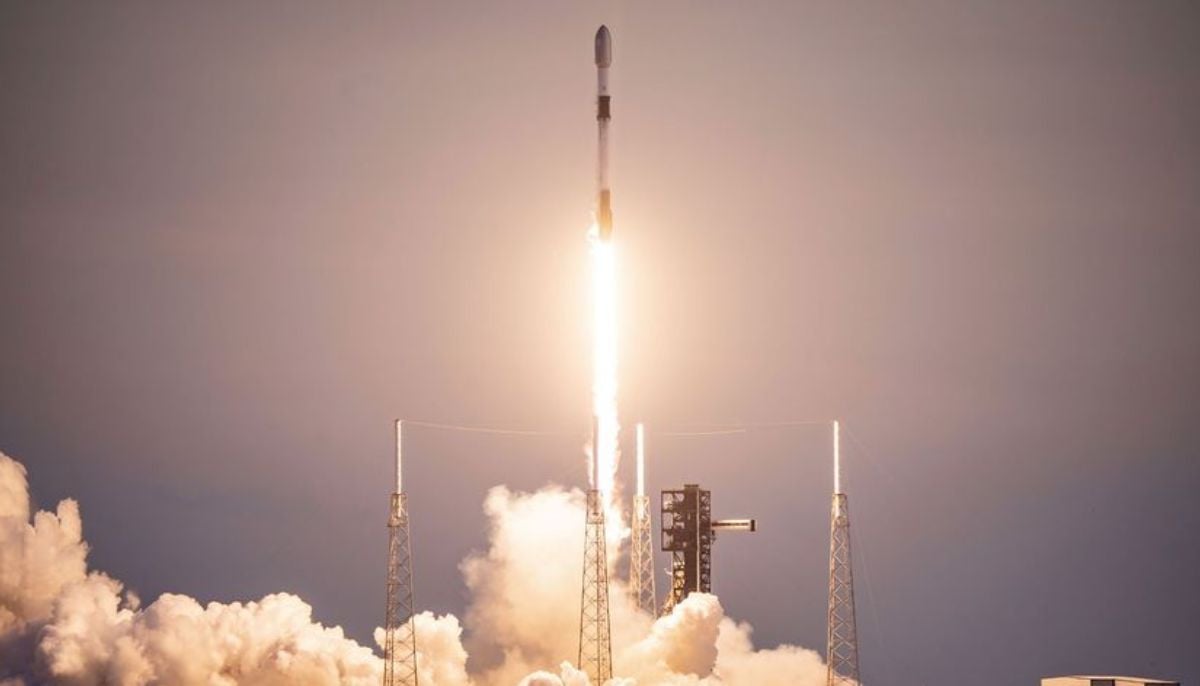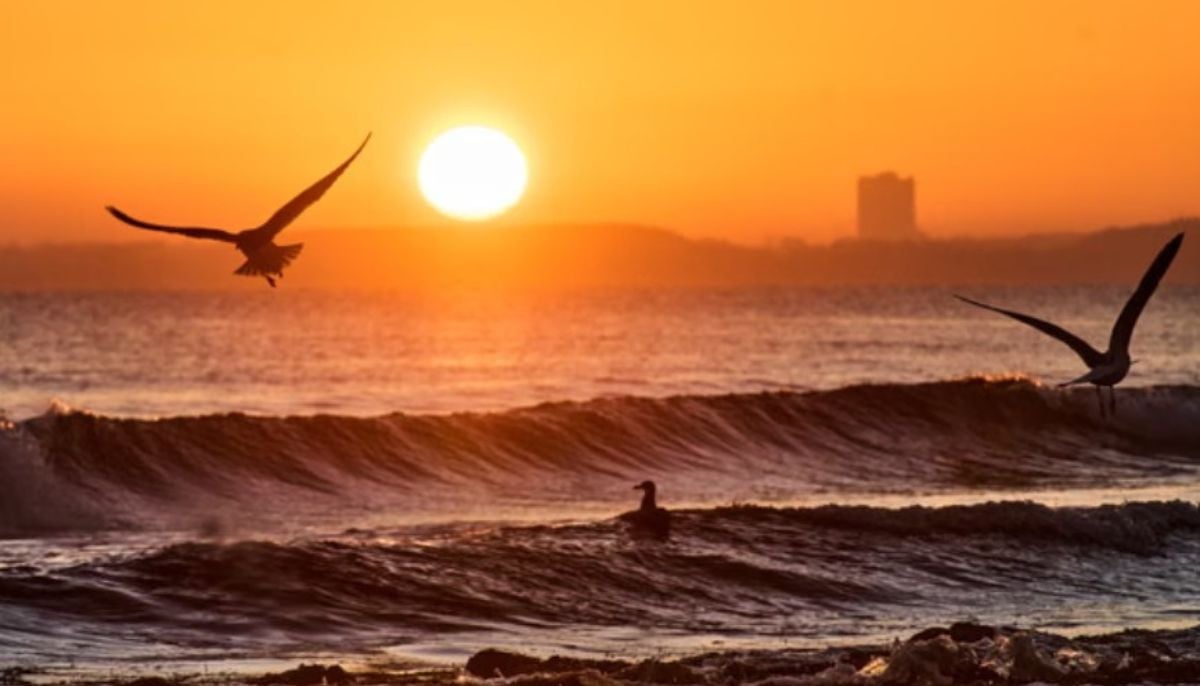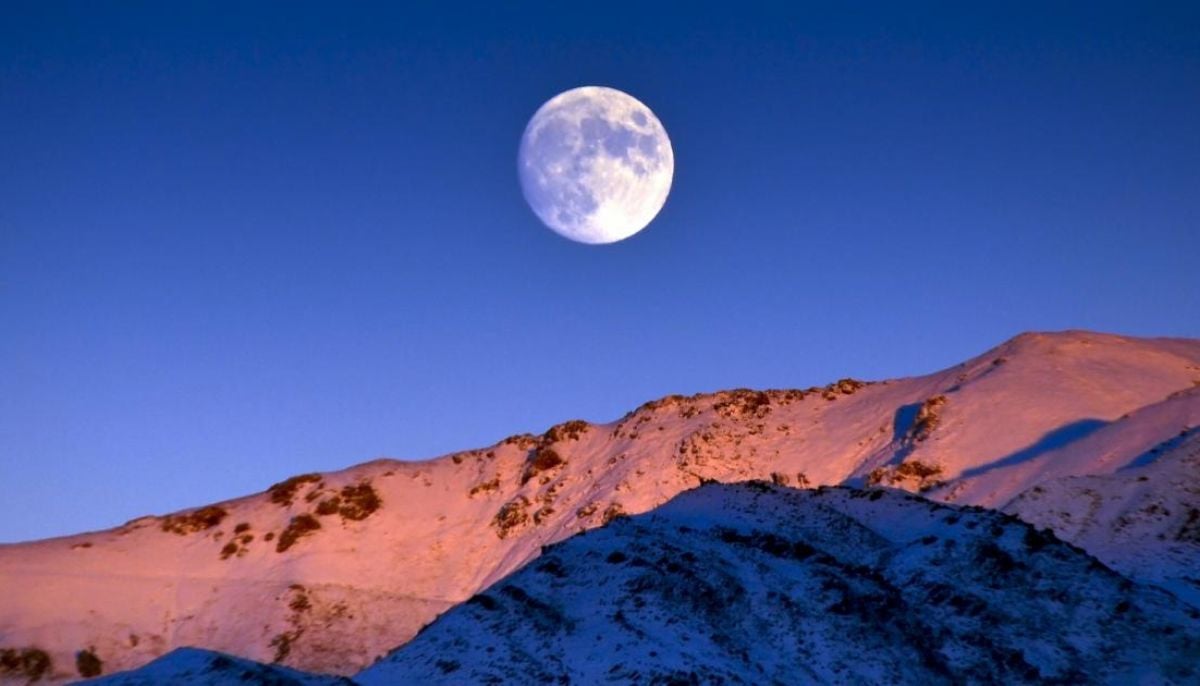India's Chandrayaan-3 in moon-landing race with Russia's Luna-25
Russia's Luna-25, launched with remarkable swiftness on August 10th, holds the potential to outpace India's Chandrayaan-3
India's forthcoming lunar mission is approaching the relatively uncharted southern pole of the moon, with plans to deploy a lander and rover on August 23.
Recently, the lander successfully detached from its propulsion module, marking the commencement of the mission's final phase.
However, the Indian mission, named Chandrayaan-3, faces a potential rival in a newly launched Russian endeavour, Luna-25, which is projected to touch down a day or two earlier.
Russia's Luna-25, launched with remarkable swiftness on August 10th, holds the potential to outpace Chandrayaan-3 if it achieves a successful soft landing on August 21st or 22nd, as scheduled.
Despite this competition, India will still join the ranks of only four countries to achieve a gentle lunar landing, following the United States, the former Soviet Union, and China.
India's lunar voyage, Chandrayaan-3, launched on July 14th, took a slightly more circuitous route, orbiting the Earth multiple times before reaching lunar orbit on August 5th.
The spacecraft has since been orbiting the moon as it readies itself for the upcoming landing.
This simultaneous pursuit of lunar exploration has been dubbed a "mini space race," though officials from the Indian Space Research Organisation (Isro) emphasize that it is not a race but rather a shared scientific endeavour.
Isro stated, "Isro has never been in any race right from the day one of its inception in the 1960s. We planned the mission based on the readiness of the spacecraft and the available technical window to reach the far side of the moon. Luna-25 is also a mission planned a long time ago. They also must have some technical considerations, which we don't know precisely."
Chandrayaan-3 is expected to build upon the insights of India's previous lunar missions, including the landmark 2008 mission that revealed the presence of water molecules on the moon's parched surface.
While Chandrayaan-2, launched in 2019, encountered challenges during its landing phase, Isro has learned from the experience and conducted simulations to rectify issues for Chandrayaan-3.
This mission consists of a 1,500kg lander module named Vikram, carrying a 26kg rover named Pragyaan, set to explore the moon's surface, gather data, and transmit images back to Earth.
Both Chandrayaan-3 and Luna-25 are aimed at uncovering water ice at the moon's south pole, a critical resource for potential lunar habitation and as a propellant source for interplanetary travel.
The focus on the southern pole arises from the vast unexplored region, where permanent shadows suggest the likelihood of water deposits.
As the "mini space race" unfolds, India's pursuit of lunar exploration remains steadfast, contributing to humanity's broader understanding of the moon and its potential implications for future space exploration.
-
Aurora alert: Northern lights visible tonight at high latitudes
-
Honeybees could help humans communicate with aliens, scientists say
-
Comet 3I/ATLAS: Evidence suggests that interstellar visitor is older than the sun
-
Scientists discovered never-before-seen creature in Great Salt Lake
-
SpaceX mission 2026: 29 Starlink satellites deployed in year’s third flight
-
NASA, SpaceX announce target date for Crew-11’s splashdown return to Earth
-
World oceans absorbed record heat in 2025, may trigger intense climate crises, says report
-
February full moon 2026: Snow Moon date, time and visibility
